Peugeot Rifter vs Volvo XC60 – Differences & prices compared
Two cars, one duel: Peugeot Rifter meets Volvo XC60.
Which one wins in performance, efficiency and value for money? Find out now!
Here’s where it gets real: The technical differences in detail
Costs and Efficiency: Price and efficiency are key factors when choosing a car – and this is often where the real differences emerge.
Peugeot Rifter has a decisively advantage in terms of price – it starts at 23800 £, while the Volvo XC60 costs 49200 £. That’s a price difference of around 25371 £.
Fuel consumption also shows a difference: the Volvo XC60 manages with 2.80 L and is therefore clearly more efficient than the Peugeot Rifter with 5.60 L. The difference is about 2.80 L per 100 km.
As for range, the Peugeot Rifter performs significantly better – achieving up to 339 km, about 257 km more than the Volvo XC60.
Engine and Performance: Power, torque and acceleration say a lot about how a car feels on the road. This is where you see which model delivers more driving dynamics.
When it comes to engine power, the Volvo XC60 has a decisively edge – offering 455 HP compared to 136 HP. That’s roughly 319 HP more horsepower.
In acceleration from 0 to 100 km/h, the Volvo XC60 is significantly quicker – completing the sprint in 4.90 s, while the Peugeot Rifter takes 10.80 s. That’s about 5.90 s faster.
In terms of top speed, the Peugeot Rifter performs minimal better – reaching 184 km/h, while the Volvo XC60 tops out at 180 km/h. The difference is around 4 km/h.
There’s also a difference in torque: the Volvo XC60 pulls clearly stronger with 709 Nm compared to 300 Nm. That’s about 409 Nm difference.
Space and Everyday Use: Beyond pure performance, interior space and usability matter most in daily life. This is where you see which car is more practical and versatile.
Seats: Peugeot Rifter offers clearly perceptible more seating capacity – 7 vs 5.
In curb weight, the Peugeot Rifter is distinct lighter – 1561 kg compared to 1900 kg. The difference is around 339 kg.
In terms of boot space, the Peugeot Rifter offers significantly more room – 1050 L compared to 483 L. That’s a difference of about 567 L.
In maximum load capacity, the Peugeot Rifter performs decisively better – up to 3500 L, which is about 1957 L more than the Volvo XC60.
When it comes to payload, Peugeot Rifter distinct takes the win – 814 kg compared to 550 kg. That’s a difference of about 264 kg.
All in all, the Volvo XC60 shows itself to be dominates this comparison and secures the title of DriveDuel Champion.
It impresses with the more balanced overall package and proves to be the more versatile companion for everyday use.
Peugeot Rifter
Der Peugeot Rifter beeindruckt mit seinem robusten Design und seiner hohen Vielseitigkeit, die ihn ideal für Familien und Outdoor-Abenteuer macht. Der Innenraum ist geräumig gestaltet und bietet zahlreiche innovative Technologien, die den Komfort und die Sicherheit der Insassen erhöhen. Zudem überzeugt der Rifter mit seiner hervorragenden Fahrdynamik, die sowohl in der Stadt als auch auf längeren Strecken für ein angenehmes Fahrerlebnis sorgt.
details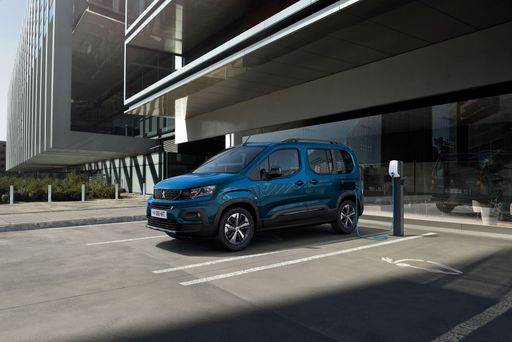 @ media.stellantis.com
@ media.stellantis.com
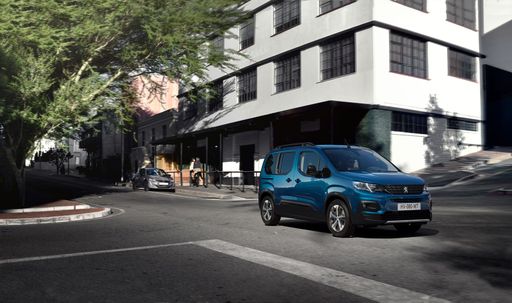 @ media.stellantis.com
@ media.stellantis.com
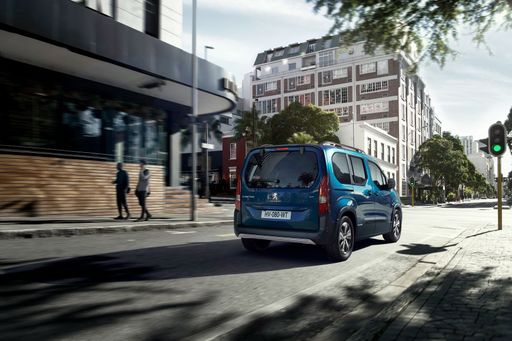 @ media.stellantis.com
@ media.stellantis.com
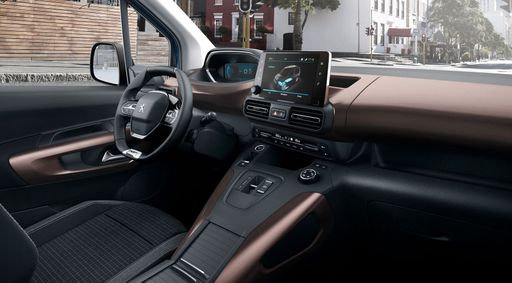 @ media.stellantis.com
@ media.stellantis.com
Volvo XC60
The Volvo XC60 strikes a perfect balance between contemporary design and practical functionality, making it an appealing choice for those in search of a reliable and stylish SUV. Its interior showcases a blend of high-quality materials and innovative technology, ensuring a comfortable and seamless driving experience. With its emphasis on safety and environmental sustainability, the XC60 continues to stand out in the competitive SUV market.
details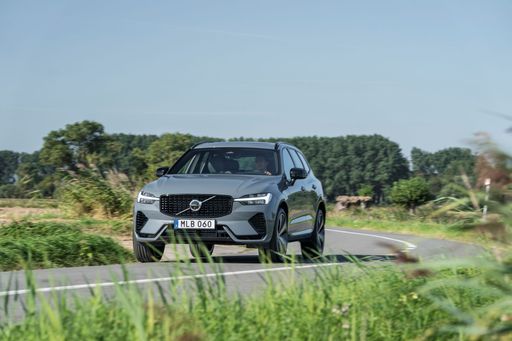 @ media.volvocars.com
@ media.volvocars.com
 @ media.volvocars.com
@ media.volvocars.com
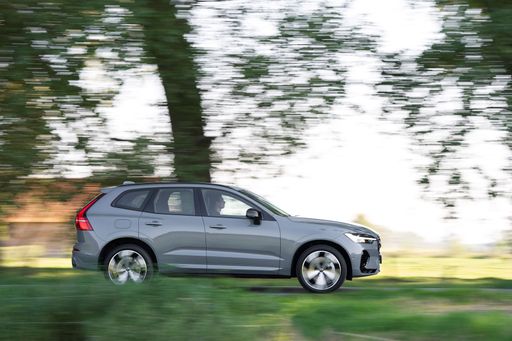 @ media.volvocars.com
@ media.volvocars.com
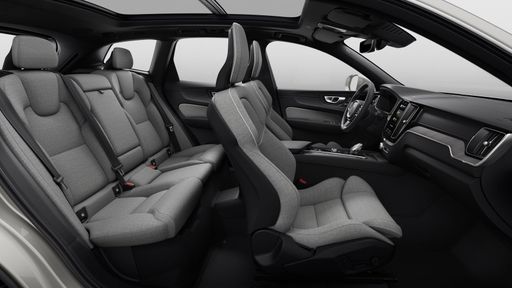 @ media.volvocars.com
@ media.volvocars.com
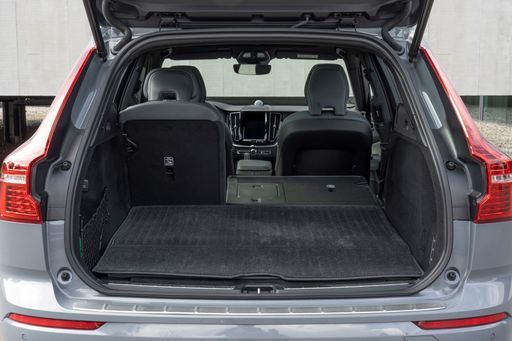 @ media.volvocars.com
@ media.volvocars.com

|

|
|
|
|
Costs and Consumption |
|
|---|---|
|
Price
23800 - 36600 £
|
Price
49200 - 75100 £
|
|
Consumption L/100km
5.6 - 6 L
|
Consumption L/100km
2.8 - 7.5 L
|
|
Consumption kWh/100km
18.3 - 19.1 kWh
|
Consumption kWh/100km
-
|
|
Electric Range
328 - 339 km
|
Electric Range
74 - 82 km
|
|
Battery Capacity
-
|
Battery Capacity
14.70 kWh
|
|
co2
0 - 158 g/km
|
co2
64 - 169 g/km
|
|
Fuel tank capacity
50 L
|
Fuel tank capacity
71 L
|
Dimensions and Body |
|
|---|---|
|
Body Type
High Roof Estate
|
Body Type
SUV
|
|
Seats
5 - 7
|
Seats
5
|
|
Doors
4 - 5
|
Doors
5
|
|
Curb weight
1561 - 1941 kg
|
Curb weight
1900 - 2150 kg
|
|
Trunk capacity
322 - 1050 L
|
Trunk capacity
468 - 483 L
|
|
Length
4405 - 4755 mm
|
Length
4708 mm
|
|
Width
1848 mm
|
Width
1902 mm
|
|
Height
1818 - 1837 mm
|
Height
1651 - 1655 mm
|
|
Max trunk capacity
3000 - 3500 L
|
Max trunk capacity
1528 - 1543 L
|
|
Payload
489 - 814 kg
|
Payload
510 - 550 kg
|
Engine and Performance |
|
|---|---|
|
Engine Type
Electric, Diesel
|
Engine Type
Petrol MHEV, Plugin Hybrid
|
|
Transmission
Automatic, Manuel
|
Transmission
Automatic
|
|
Transmission Detail
Reduction Gearbox, Manual Gearbox, Automatic Gearbox
|
Transmission Detail
Automatic Gearbox
|
|
Drive Type
Front-Wheel Drive
|
Drive Type
All-Wheel Drive
|
|
Power HP
102 - 136 HP
|
Power HP
250 - 455 HP
|
|
Acceleration 0-100km/h
10.8 - 13.6 s
|
Acceleration 0-100km/h
4.9 - 6.9 s
|
|
Max Speed
132 - 184 km/h
|
Max Speed
180 km/h
|
|
Torque
250 - 300 Nm
|
Torque
350 - 709 Nm
|
|
Number of Cylinders
4
|
Number of Cylinders
4
|
|
Power kW
75 - 100 kW
|
Power kW
184 - 335 kW
|
|
Engine capacity
1499 cm3
|
Engine capacity
1969 cm3
|
General |
|
|---|---|
|
Model Year
2024
|
Model Year
2025
|
|
CO2 Efficiency Class
A, E, F
|
CO2 Efficiency Class
F, B
|
|
Brand
Peugeot
|
Brand
Volvo
|
What drivetrain options does the Peugeot Rifter have?
The Peugeot Rifter is offered with Front-Wheel Drive.
The prices and data displayed are estimates based on German list prices and may vary by country. This information is not legally binding.
